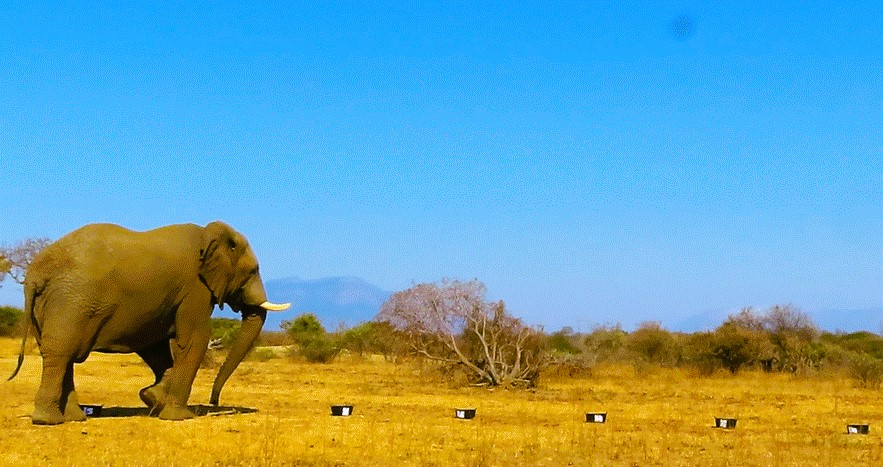The International Alliance currently has 3 Working Groups, which are led by the members themselves and receive support from the Alliance Secretariat. Each Working Group is led by 1-2 chairs and the group meets every 6-8 weeks to ensure a continous work process.
We currently have the following Working Groups:
- Science Policy Interface (chair: Sue Liebermann, WCS)
Considering our core understanding of wildlife we want to infuse this understanding, based on scientific evidence, into international political processes.
- Transformative System Change: The Big Picture (chair: Alex D. Greenwood, IZW Berlin; Barabara Maas, NABU)
There are underlying fundamental obstacles to achieving the Alliances objectives and goals. Identifying and addressing these is the focus of this Working Group.
- Evaluation/Effective Interventions (chair: Craig Stephen, One Health Consultant)
The aim is to gather good practices on effective interventions from Alliance members to enable learning and knowledge exchange across sectors and regions.
The success of the working group depends on whether clear goals have been formulated, how committed and well- organized the chair is, how motivated the group members are and whether there is a continuous workflow.
Since most members already have very demanding full-time jobs, the time capacity of individual members may change over time. It can be challenging to ensure a good workflow and working atmosphere. Appreciation and understanding are of great importance in order to enable further collaboration.
